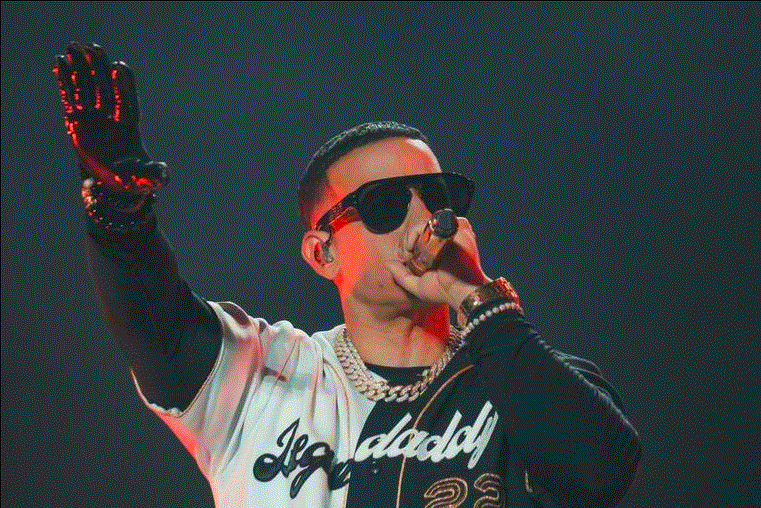Dadiyanki is a term steeped in cultural heritage, representing a broad array of traditional practices, rituals, and crafts. This blog delves into the origins, significance, and modern adaptations of dadiyanki in various communities.
What is Dadiyanki
Dadiyanki refers to a collection of traditional practices, rituals, and cultural expressions passed down through generations. It is often tied to the heritage of specific ethnic or regional groups, preserving their values, history, and identity Vents Magazine laweekly .
Key Aspects of Dadiyanki:
Cultural Practices: These range from craft-making (e.g., pottery, textiles) to oral traditions like storytelling and folklore Vents Magazine.
Rituals: Many life events, including marriages, births, and funerals, are marked by specific dadiyanki customs Vents Magazine.
Historical Roots of Dadiyanki
The origins of dadiyanki lie deep in the historical and social fabric of communities that uphold these traditions. Historically, it has been associated with:
- Artisan Crafts: Crafting textiles, pottery, and jewelry using methods passed down over generations.
- Rituals: Celebrations and ceremonies, such as wedding traditions or harvest festivals, play a crucial role in preserving these cultural roots.
- Oral Traditions: Folk tales, songs, and proverbs have been significant carriers of dadiyanki’s values and lessons, ensuring they are passed on Vents Magazine.
Table: Traditional Dadiyanki Elements
| Element | Examples |
| Artisan Crafts | Pottery, textiles, jewelry |
| Rituals | Weddings, births, funerals |
| Oral Traditions | Storytelling, folklore, songs |
Cultural Significance of Dadiyanki
Dadiyanki holds great importance in the communities that practice it, fostering a sense of identity and continuity. Here are some of its main contributions:
Identity and Heritage
Dadiyanki reinforces individual and collective identity, helping people connect with their roots and ensuring that cultural knowledge and values are preserved laweekly.
Social Cohesion
The customs tied to dadiyanki bring people together, promoting unity and mutual respect. Through shared rituals and celebrations, communities strengthen their bonds Vents Magazine.
Preservation of Traditions
With the threat of cultural homogenization, dadiyanki acts as a buffer, helping preserve unique traditions and customs that might otherwise disappear Vents Magazine laweekly.
Bullet Points: Importance of Dadiyanki
- Strengthens cultural identity
- Fosters community unity
- Preserves traditional customs
- Promotes continuity across generations
Dadiyanki in the Modern World
In today’s globalized world, dadiyanki faces challenges such as cultural erosion and commercialization. However, many efforts are being made to preserve and adapt these traditions for future generations.
Challenges
Cultural Erosion: As globalization and urbanization spread, traditional practices risk being lost.
Commercialization: Dadiyanki crafts and rituals may be stripped of meaning when turned into marketable products laweekly.
Opportunities
Educational Programs: Schools and cultural institutions incorporate dadiyanki into curricula, teaching younger generations about their heritage.
Cultural Festivals: Festivals showcasing dadiyanki traditions help promote and preserve them, offering a platform for artisans and cultural practitioners laweekly.
Conclusion
Dadiyanki is more than just a set of traditions; it is a link between the past and the present, fostering identity and unity. As we look towards the future, it is crucial to support efforts that preserve these practices and pass them down to new generations. How can modern society balance the preservation of cultural heritage with the pressures of globalization.
FAQs About Dadiyanki (Daddy Yankee)
1. Who is Dadiyanki?
Dadiyanki, also known as Daddy Yankee, is the stage name of Ramón Luis Ayala Rodríguez, a Puerto Rican reggaeton artist, songwriter, and actor. He is one of the pioneers of reggaeton music.
2. What is Dadiyanki’s real name?
Dadiyanki’s real name is Ramón Luis Ayala Rodríguez. He was born on February 3, 1977, in San Juan, Puerto Rico.
3. How did Dadiyanki rise to fame?
Dadiyanki gained worldwide fame with the release of his hit single “Gasolina” in 2004, which popularized reggaeton on a global scale.
4. What is Dadiyanki’s net worth?
As of recent estimates, Daddy Yankee’s net worth is believed to be around $40-$50 million, primarily from his music career, business ventures, and endorsements.
5. What is Dadiyanki’s contribution to reggaeton?
Dadiyanki is credited with popularizing reggaeton worldwide. His music blends Latin rhythms, reggae, and hip-hop, helping to shape the sound of the genre.




